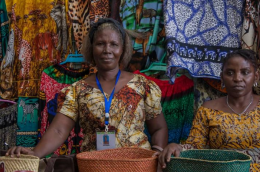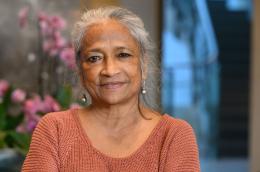Women bring different perspectives of cultures and conflict and when those voices are at the negotiating table a lasting peace is more likely, writes Maha Akeel.
It is important to include women at the negotiation table of conflict resolution and peacebuilding early in the process and not be persuaded to delay that for any reason. Ensuring that women’s rights, needs, and expectations are reflected in any texts adopted during the talks lays the groundwork for their political participation and social empowerment later. Third-party mediators can and should play a role in including women in such negotiations whether as negotiation delegates or mediators. A mediator is a neutral third party and a negotiator takes sides or negotiate on behalf of a side.
Including women in peace processes
Research indicates that women’s participation in peace processes, whether at the formal or informal level, leads to a more durable peace. Women not only bring different experiences of war from men but also different perspectives. Most often, through their informal networks and grassroots activism, women can bridge ethnic, cultural, and religious divides, such as in Liberia, Nigeria, and Somalia.
Despite these documented benefits, women face barriers to their effective participation in peace negotiation processes. One of the most persistent and difficult to overcome is the structural problems of patriarchy. Patriarchal structures define the roles women are allowed or assigned to play in peacebuilding and their level of involvement. Even if their numbers are increasing steadily in the political sphere, women remain constrained by patriarchal structures of male leadership.
Mediators play an important role in supporting women’s inclusion in peace processes and in leading by example through having women in mediation. However, from 1990 to 2018, mediation was involved in only 34 per cent of the total 876 conflict-years, and of those mediations only 10 per cent included at least one woman as co-mediator. Despite evidence that women’s full participation makes peacebuilding much more effective, the number of women in decision-making roles is actually falling.
In 2023, women represented only 9.6 per cent of negotiators, 13.7 per cent of mediators and 26.6 per cent of signatories in peace processes. According to a report by the United Nations Secretary General, women were virtually absent from talks on ending the conflicts in Ethiopia, Sudan, Myanmar and Libya. In Muslim societies, culture and tradition are most often used to justify the exclusion of women from peace processes even though the women are active. In fact, women were consulted and included in resolving conflicts and negotiating peace since the time of Prophet Mohamed.
Full article published by the London School of Economics on 23 May 2025.
Image credits: LSE











